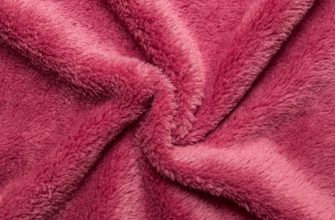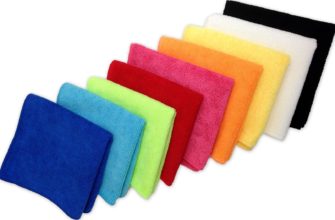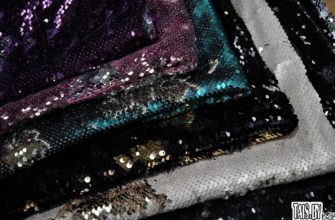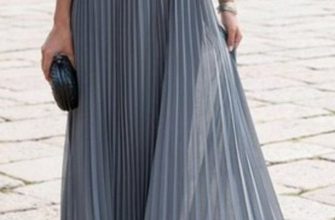It is known that felt boots are made from felt - the best footwear for the harsh winter. What else can a material that is made in such an unusual way - felting - boast about?
What is felt used for?
Felt is in great demand. It is used to make clothes, shoes, and headwear. Asian peoples use it to make yurts and their interiors. It was used as an element of protective clothing. Residents of Central Asia endowed felt with magical powers because it protects homes from spiders. Felt is actively used in all areas of life. There is technical felt, which is widely used in construction. It is even needed in handicrafts - decorative items and toys, paintings - all this is made of felt.
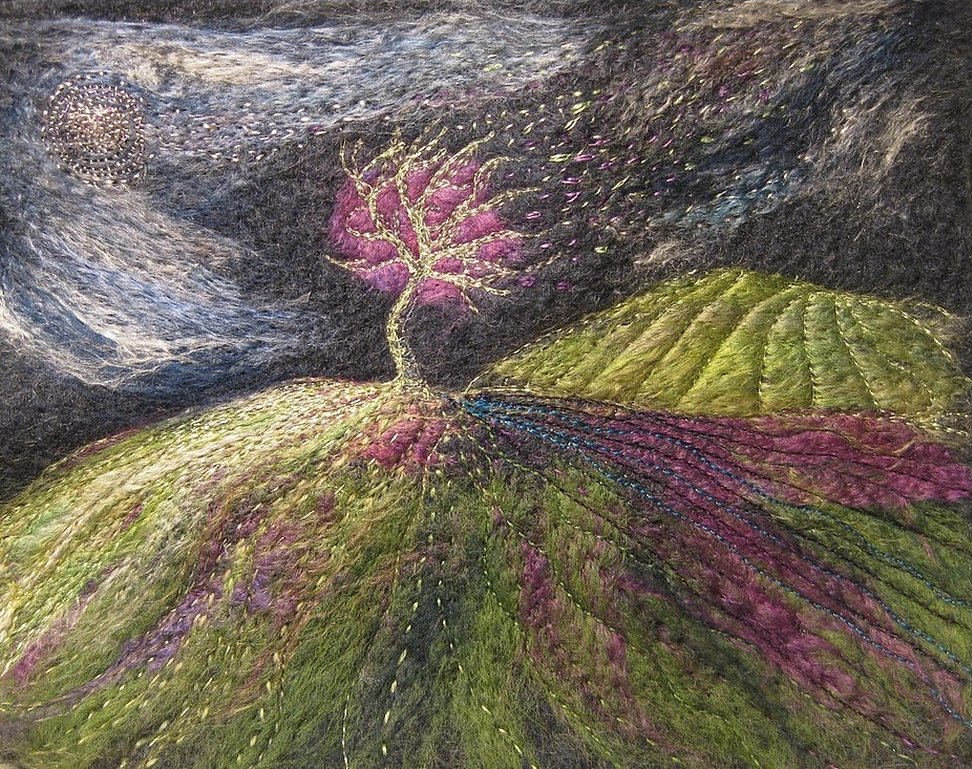
History of invention
Felt is an ancient natural non-woven material with unique properties. It appeared a long time ago - 5-6 thousand years ago, when sheep became domesticated animals. The top layer of sheep wool has scales that adhere to each other under the influence of high temperature.
Sheep were bred in Asia by nomads. Felt products were found in modern Bashkiria and the Altai region. Year after year, the technique of making the material was passed from one tribe to another. The material occupied an important place in the customs and traditions of the tribes. They made houses from it, protected themselves from rain and sun, gave it as a dowry to brides, and made prayer rugs. They used it to treat radiculitis and arthrosis, and did massages to warm up the back.

Important information! An ancient legend attributes the invention of wool felt to the sheep on Noah's Ark. In the cramped conditions, they trampled the wool that fell from their skins, and thus the felt carpet was created.
Felt production
The origin of felt fabric is based on hard manual labor, without the use of weaving machines and knitting devices. In general, modern felt production has not undergone major changes. The manufacturing process consists of several stages:
- wool preparation - the raw material goes through a preparatory stage of cleaning and loosening;
- mixing and carding - the fibers are mixed and carded, resulting in woolen material;
- primary compaction - it is exposed to steam and mechanical pressure, after which the wool fibers are bonded together;
- final rolling - compaction and fixation of the connection between the fibers occurs, the material itself is born;
- dyeing - treatment with coloring pigment;
- drying and finishing - the fabric acquires a given width, thickness and density.
There is a so-called dry felting, or felting. Using a special needle with notches applied at different angles, the hairs are pulled out of the total mass and tangled, forming a fabric. This method is more suitable for making small items - the basis for toys or various accessories. In the same way, you can make volume by pulling out the necessary element, or apply the necessary pattern to the finished felt base.
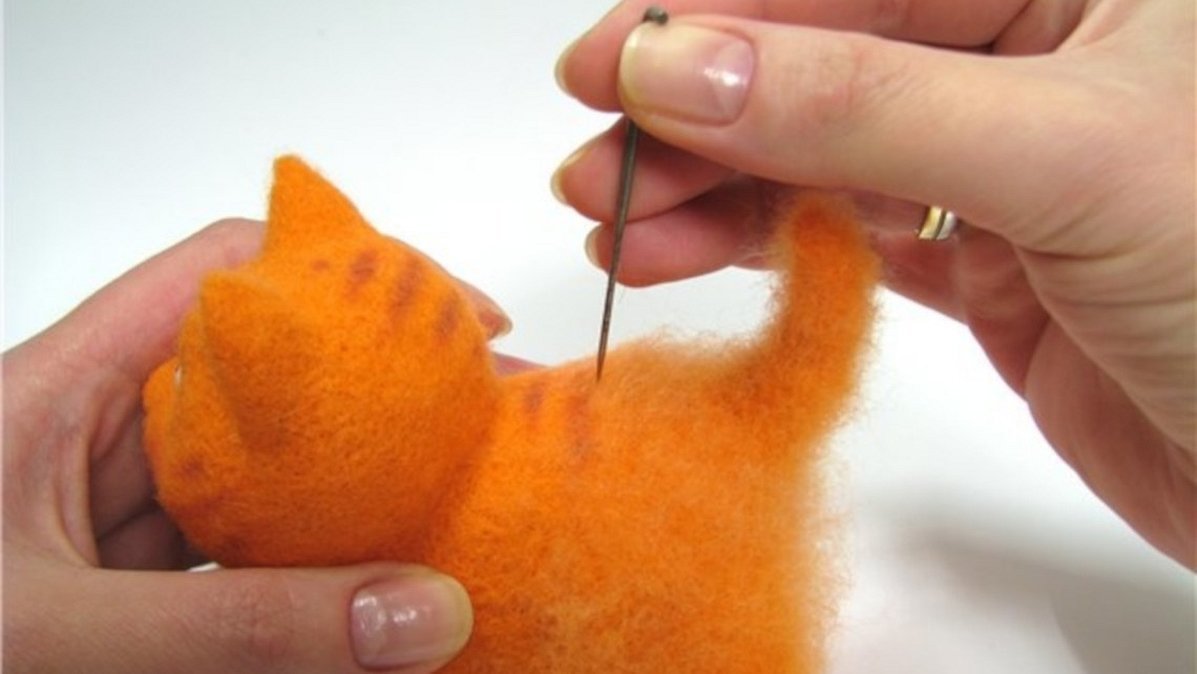
Important characteristics and varieties
Felt is valued for its useful properties. These include the following characteristics:
- retains heat well;
- breathable;
- absorbs moisture well;
- has antibacterial properties;
- lightweight but durable material;
- long service life, provided that care recommendations are followed.
Like any material, felt has several disadvantages:
- due to good absorption, the material dries for a long time;
- If not cared for properly, items may shrink;
- susceptible to moth attack.
Felt is produced in rolls of a certain width, or in sheets of specified dimensions.
Based on the type of raw material, felt is divided into three large groups:
- Artificial - 100% synthetic fibre, a particularly strong material that is primarily used for technical purposes - insulation, filtration, bulk material separators, underlay for flooring and sound insulation in cars.
- Natural - made from natural sheep wool. According to the softness of the raw material, there are fine-wool, coarse-wool and medium-coarse. There is another subtype of natural soft felt - felt. It is made from the fine fluff of rabbits and goats. Its main use is the manufacture of clothing, shoes, bags.
- Technical - made from low-grade coarse wool with the addition of plant and mineral impurities. Its main application is soundproofing inserts and gaskets for metal parts of various equipment.
Important information! Jute, an annual plant of the linden family, grows in subtropical climates. It is from it that jute felt is made, which is one of the best natural heat-insulating materials for wooden buildings.
Scope of application
Each type of felt has its own area of application.
Artificial felt and technical felt (made from coarse wool) are used in construction for soundproofing; they are used to make filters for liquids and soundproofing pads.
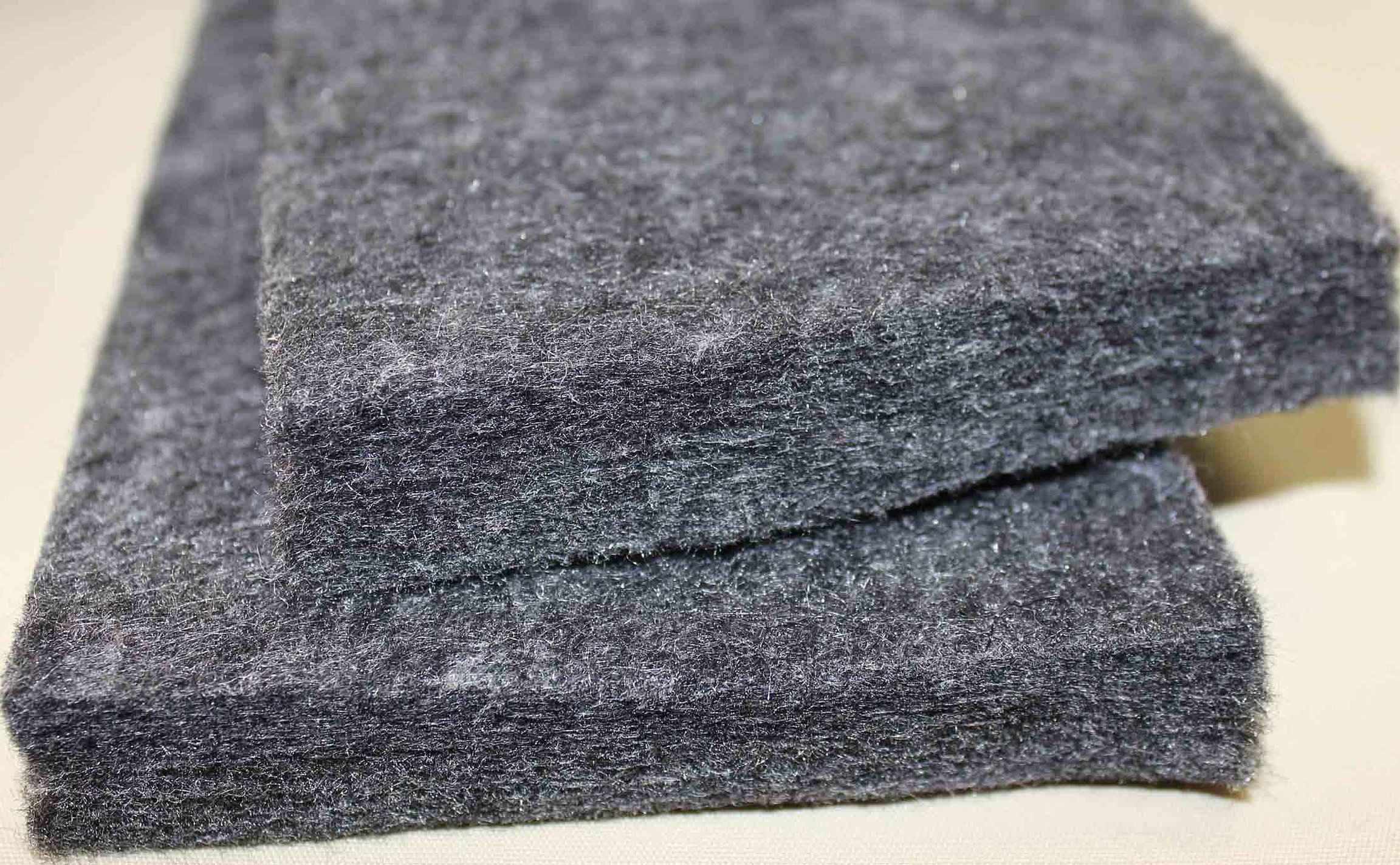
Shoe - this material is used to make insoles and soles for shoes and felt boots.
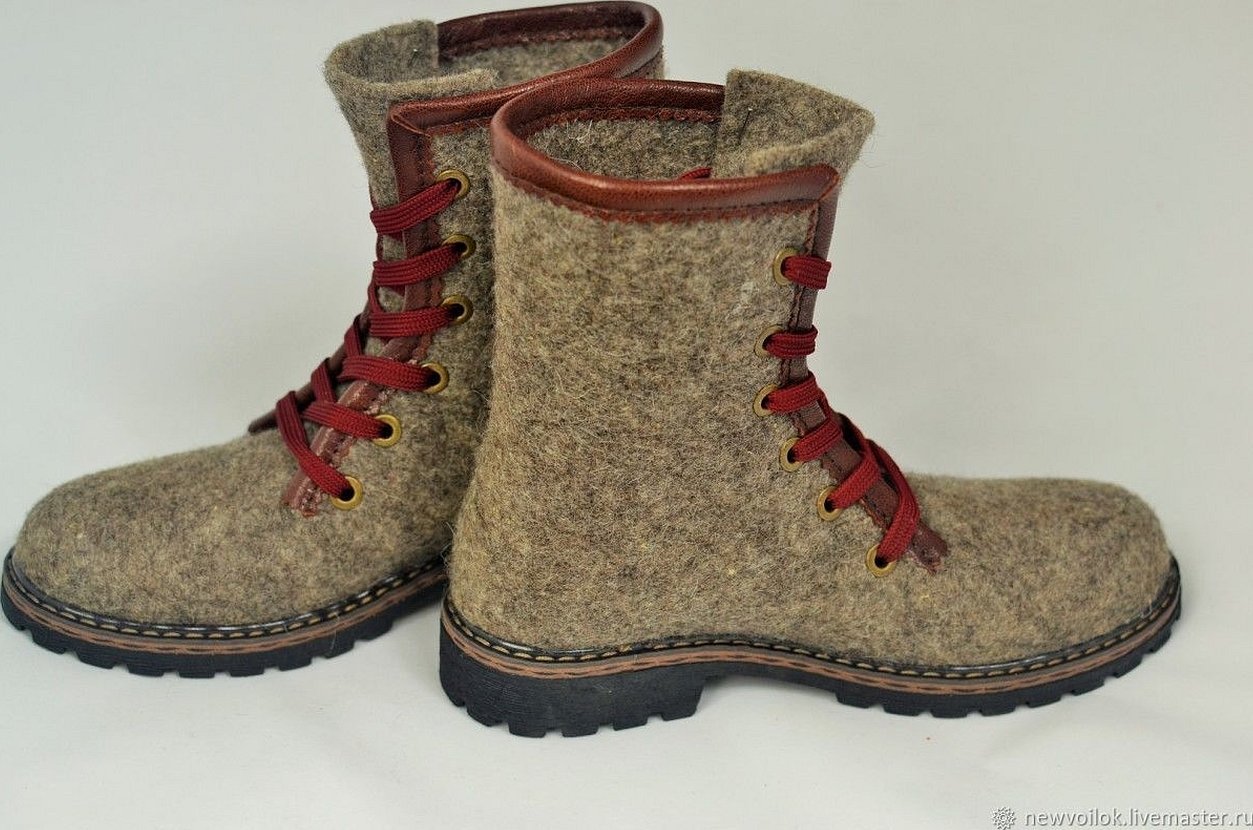
Construction, underlay roll felt - used as a backing for linoleum and insulation of walls and ceilings, which also provides additional sound insulation for the room.

Needle-punched synthetic felt - sheet felt for the production of furniture and mattresses.
Yurt - a special material for the production and arrangement of yurts.
Felt is used to make toys, sew clothes, shoes, bags, hats, and carpets.
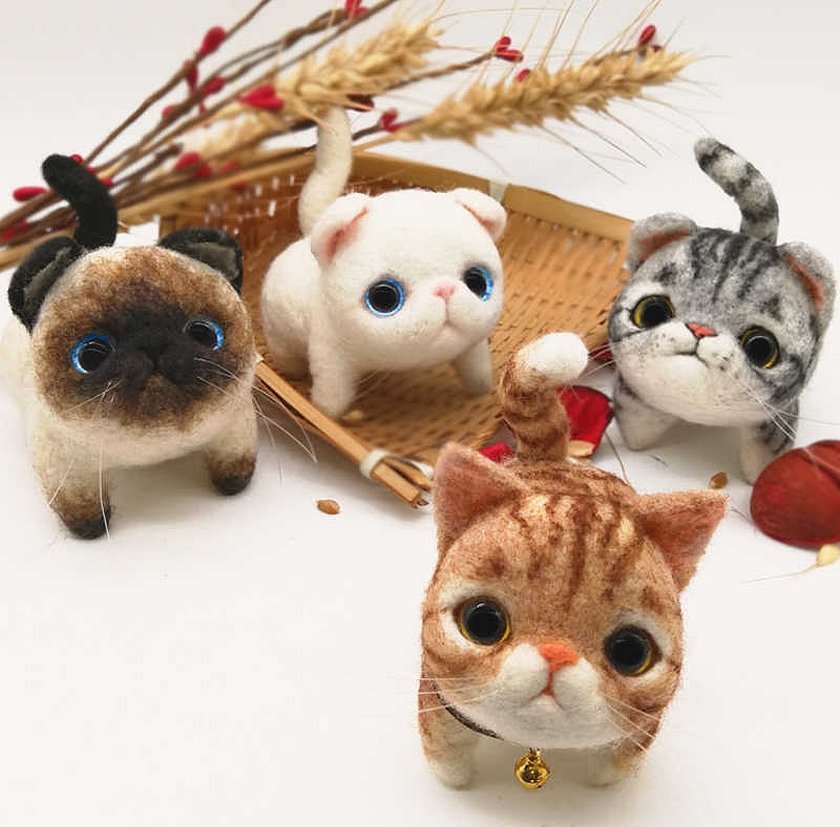
Recommendations for product care
Natural felt is heavily damaged by moths, so special products must be used. Wool fibers strongly absorb odors and attract dust, so regular care of the products is necessary.
Specific recommendations depend on the type of felt product, but the general rules are as follows: first, the product must be thoroughly dried, and then remove dirt with a vacuum cleaner or, if possible, beat out and knock out dust and dirt. Felt items are best stored in paper or canvas bags containing moth repellent. Bulky items can be stuffed with newspapers or paper so that they do not lose their shape.
Washing felt products
Washing should be used if the stains cannot be removed by dry cleaning. In any case, washing should be done by hand, without machine spinning. Only special detergents for wool can be used.
Shoes
The shoes are pre-soaked in cold water, then washed without squeezing, you can use a soft brush. Then the shoes are slightly squeezed and easily wrung out in a towel. The washed shoes must be dried on a special shoe tree so that they do not lose their shape.
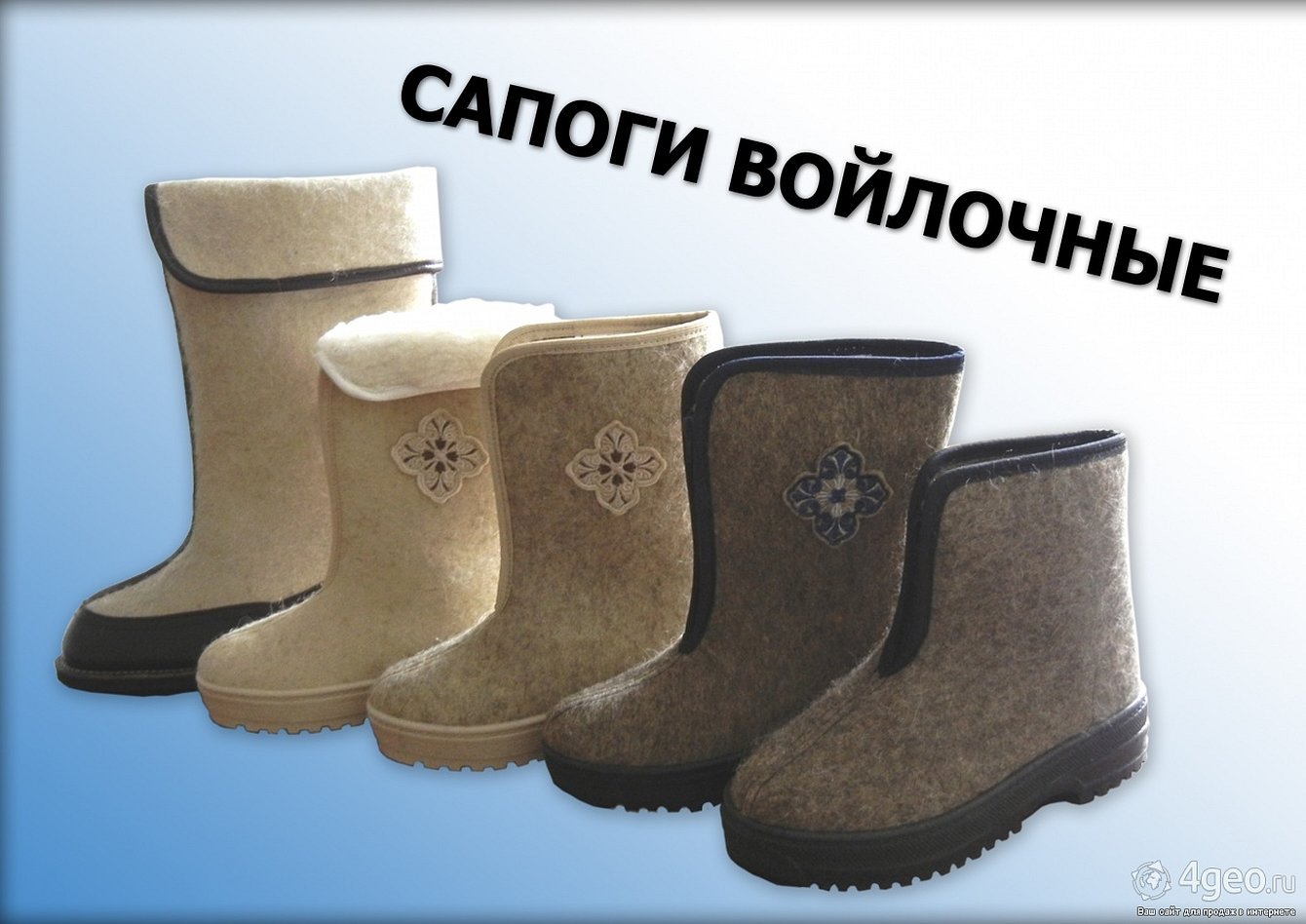
Bags
You can do the same with the bag as with the shoes. But you can dry it with an iron on the "wool" setting, after stuffing it with newspapers.
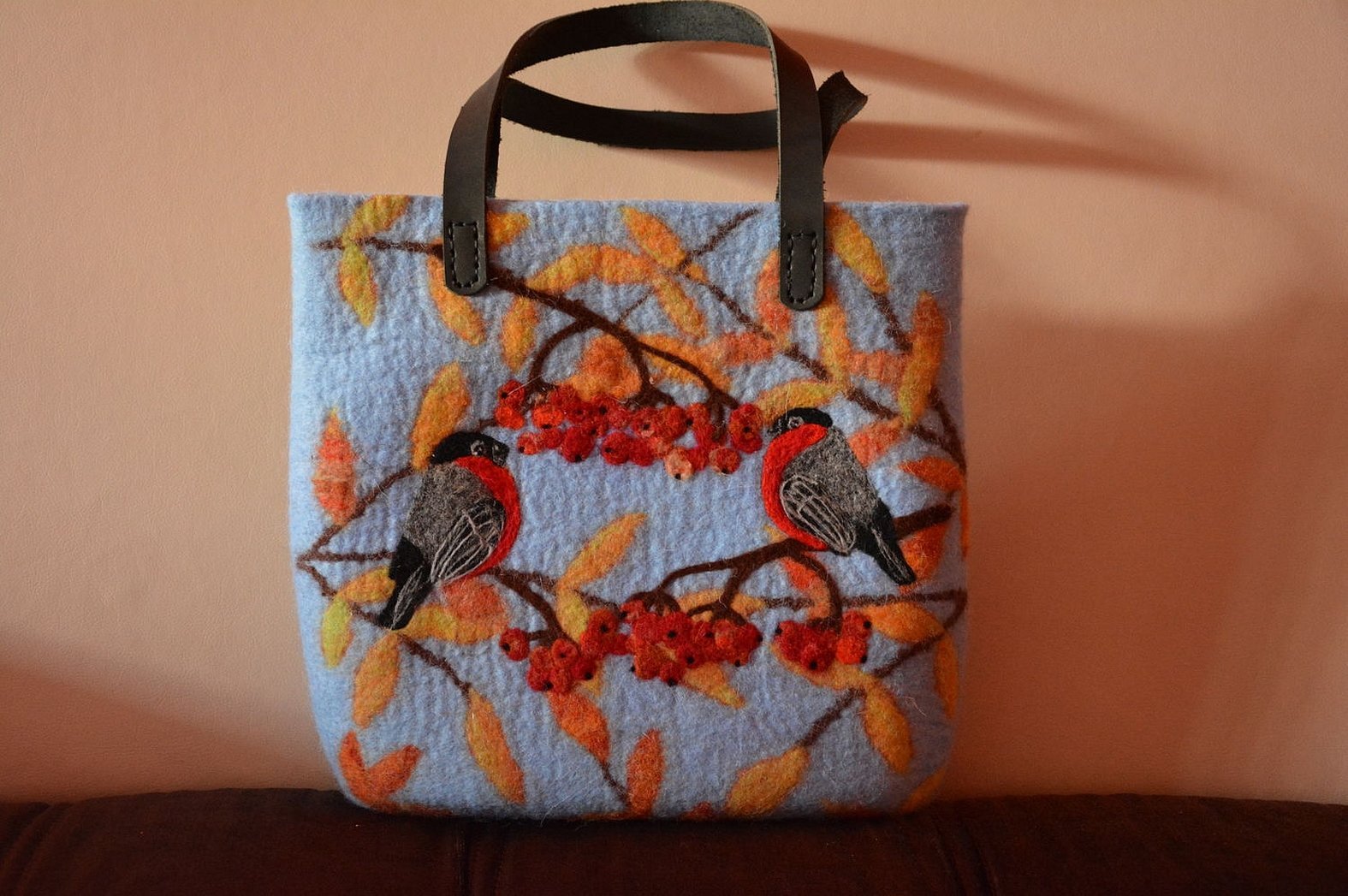
Toys
Felt toys can be washed in warm water, cleaned with a soft brush from accumulated dust, and then dried on a towel. Never leave them to dry near a heat source.
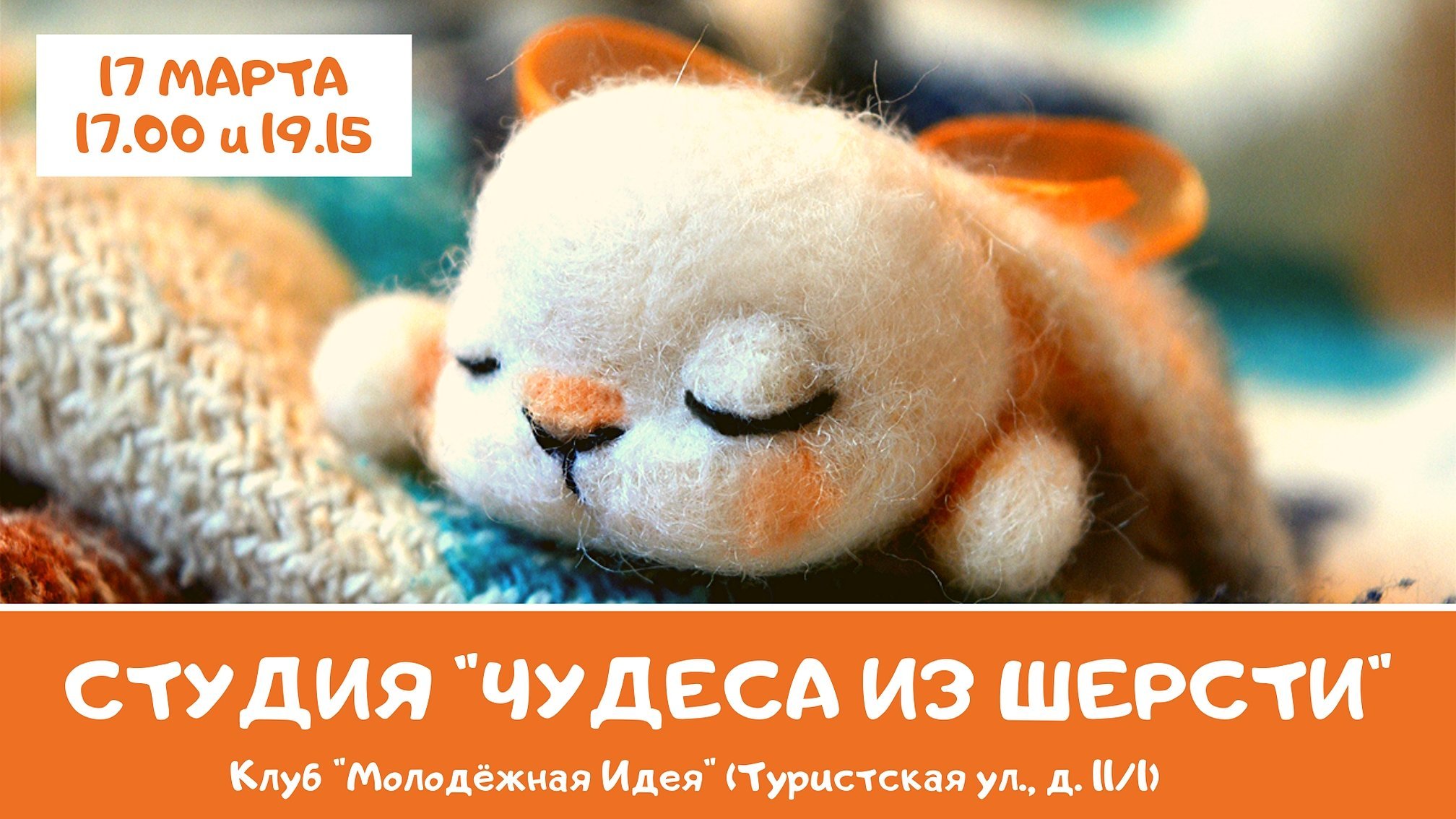
Hats
With hats, do the same as with the bag, but do not dry with an iron, but leave them to dry freely on a towel, without heat sources.

How to glue felt to felt
Often, when making various products, such as toys and decorative elements, there is a need to glue parts made of felt or felt. Craftsmen have a reasonable question: what is the best way to glue felt together so as not to damage the product and not leave sticky marks on it? For these purposes, there are special adhesives that can firmly connect felt or felt together:
- waterproof shoe glue "Marathon" - apply glue to a previously cleaned and degreased surface and press firmly for 20 minutes;
- special textile glue FG40Z - does not leave yellow stains, is equipped with a thin dispenser, which is especially important for working with small parts;
- Moment-Crystal glue is a very liquid, transparent glue that bonds parts well, but has a strong chemical smell.

It is not recommended to use office glue and PVA glue, as they leave yellow stains when dry.
Felt has long been known and has firmly entered modern life. The material does not lose popularity, despite its ancient history. On the contrary, it has been embellished and updated, thereby giving impetus to the development of new directions in use.

